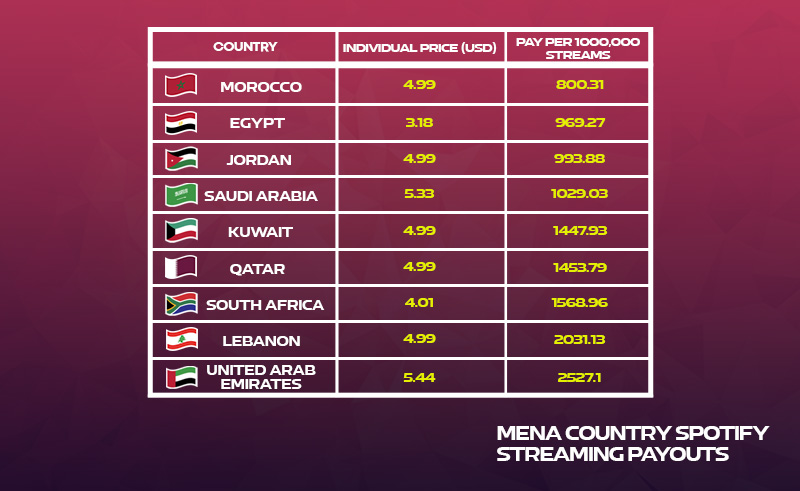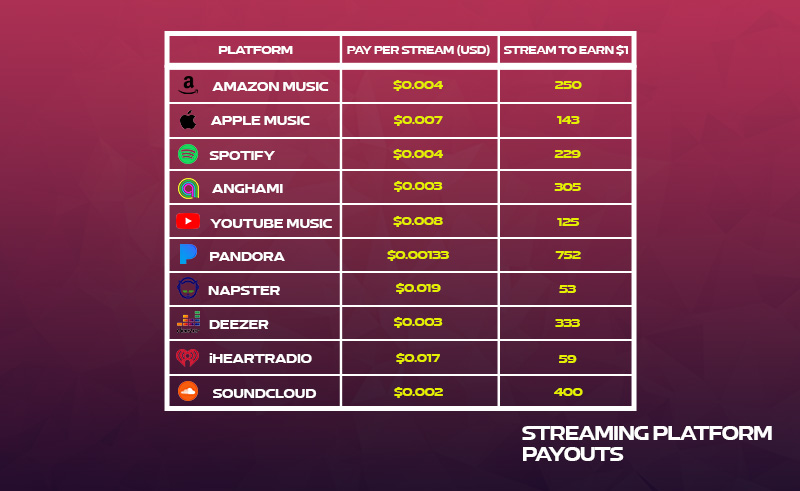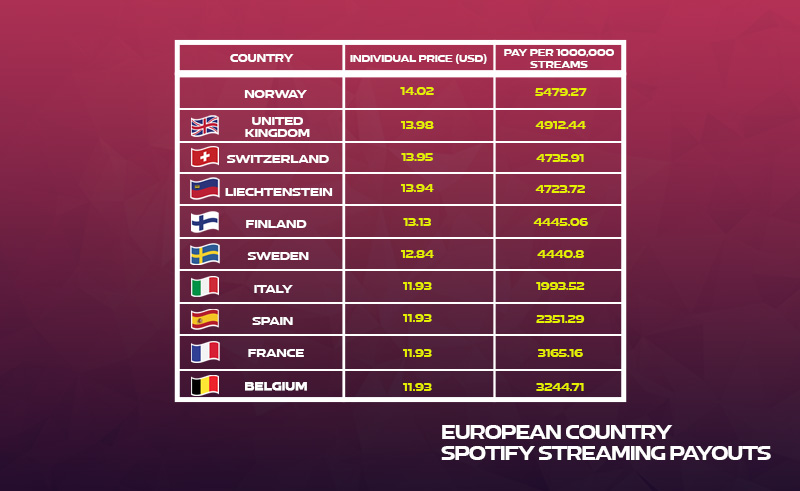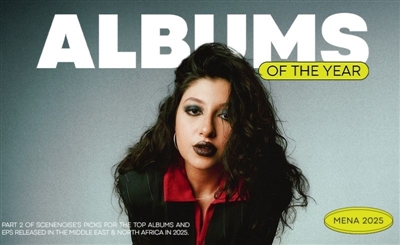XP News: Streaming Payouts for MENA Artists
A deep dive into the financials behind the world’s leading music streaming services, and how they relate to the MENA region.

With streaming services dominating the market for music consumption, platforms such as Apple Music, Anghami and Spotify have become a main source of income for artists and musicians working around the world.
As this change in the music industry has been taking shape, many artists such as The Black Keys and Kanye West have openly spoken about the harsh reality of income an artist makes through streaming services, and the unrealistic number of streams required for an artist to make a livable wage off of streaming alone.
With the MENA region’s music industry undergoing an unprecedented boom, we’ve decided to go through the data to find out how reality looks for artists working in the region.
The average payout per stream varies from one streaming platform to another, and while other factors come into play, such as geography and number of active subscriptions in a country, on average, here is what musicians can expect to make per stream:
 While these numbers show that some streaming platforms compensate an artist more than others, this gets even more complicated when looking into one streaming services’ internal revenue distribution.
While these numbers show that some streaming platforms compensate an artist more than others, this gets even more complicated when looking into one streaming services’ internal revenue distribution.
Surprisingly, it seems as though streams are not compensated equally for artists around the world, rather, the payout for artists from different regions is scaled according to what subscription fees cost in that part of the world, as well as how many artists are making music within that region.
For example, an artist making music in Jordan, where an individual streaming subscription costs ~$4.9 USD stands to make $993.88 USD for every 1 million streams, whereas an artist in Lebanon, where an individual subscription also costs ~$4.99 USD stands to make twice as much per million streams, at $2031.13 USD.
The table below shows the data for streaming payouts in the Middle East (per 1M streams):
 These earnings are calculated according to the following formula:
These earnings are calculated according to the following formula:
(Total monthly revenue) * (The amount of streams an artist gets per month) / (The total amount of streams from that country).
While this might seem to be a fair method of calculating earnings, it does not take into consideration the fact that users from outside the region also contribute to an artist’s streaming numbers. What happens when an artist in Egypt has a million streams from North America?
In Europe, streaming subscriptions are more expensive than they are in the MENA region, and accordingly, so are artist payouts: While this makes sense financially, it begs the question, why are artists in the MENA region compensated less, only because streaming services have decided to lower subscription prices in their region? It might be an issue of how different cultural and economic factors play into the value of music in a certain country or geography, but this payout system only re-enforces the compromises that MENA artists are forced to accept when trying to build a fan base within their communities. It is important that streaming services take a country’s living wages into account before they set a price for a subscription, rather than lower prices and make the artists deal with the consequences.
While this makes sense financially, it begs the question, why are artists in the MENA region compensated less, only because streaming services have decided to lower subscription prices in their region? It might be an issue of how different cultural and economic factors play into the value of music in a certain country or geography, but this payout system only re-enforces the compromises that MENA artists are forced to accept when trying to build a fan base within their communities. It is important that streaming services take a country’s living wages into account before they set a price for a subscription, rather than lower prices and make the artists deal with the consequences.
- Previous Article Nourine Abouseada Releases Egyptian Dance-Pop Single ‘Mesh Fakrak’
- Next Article SCENENOISE PRESENTS Dawsha 02 - Malikah
Trending This Month
-
Dec 24, 2025
-
Dec 23, 2025






















